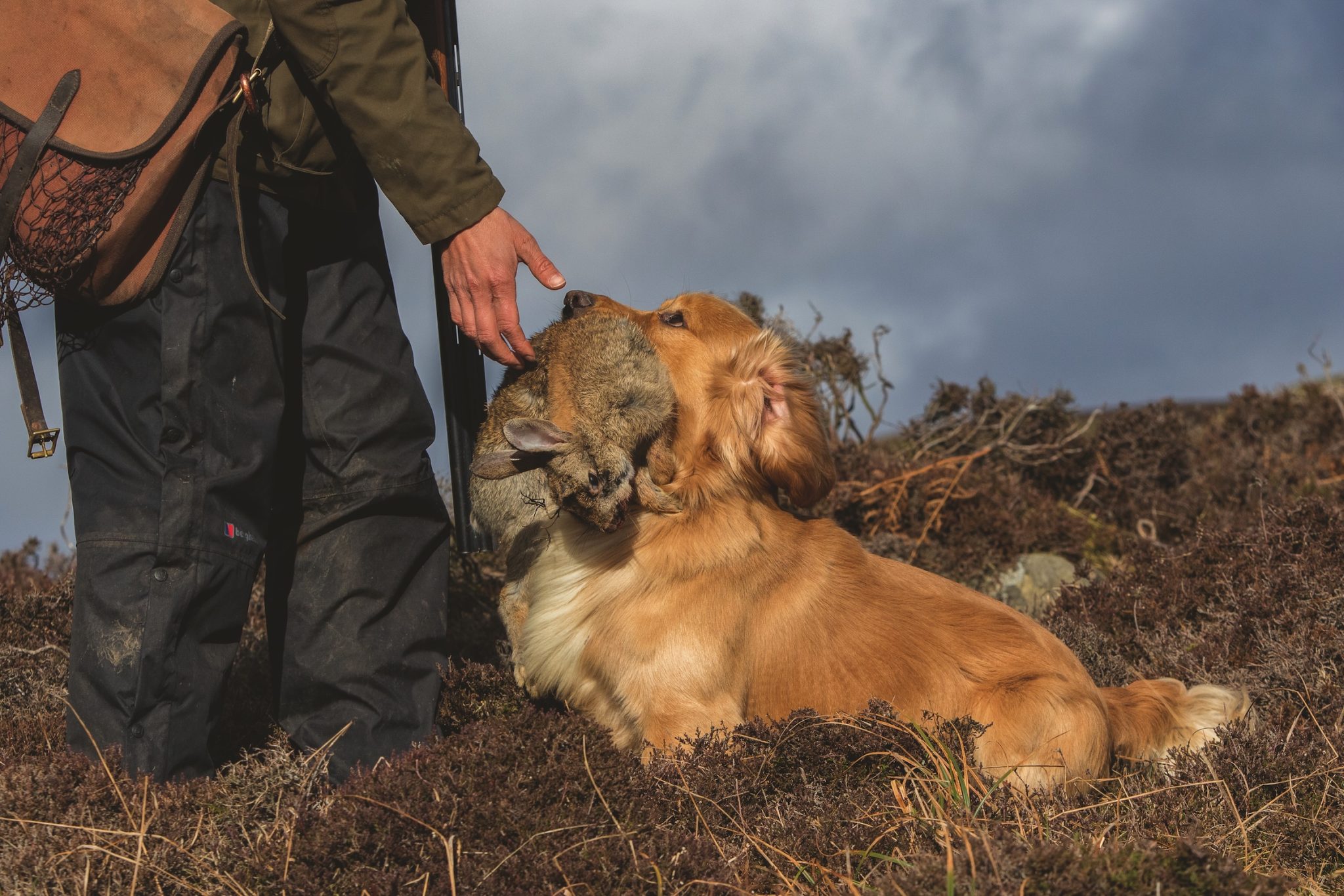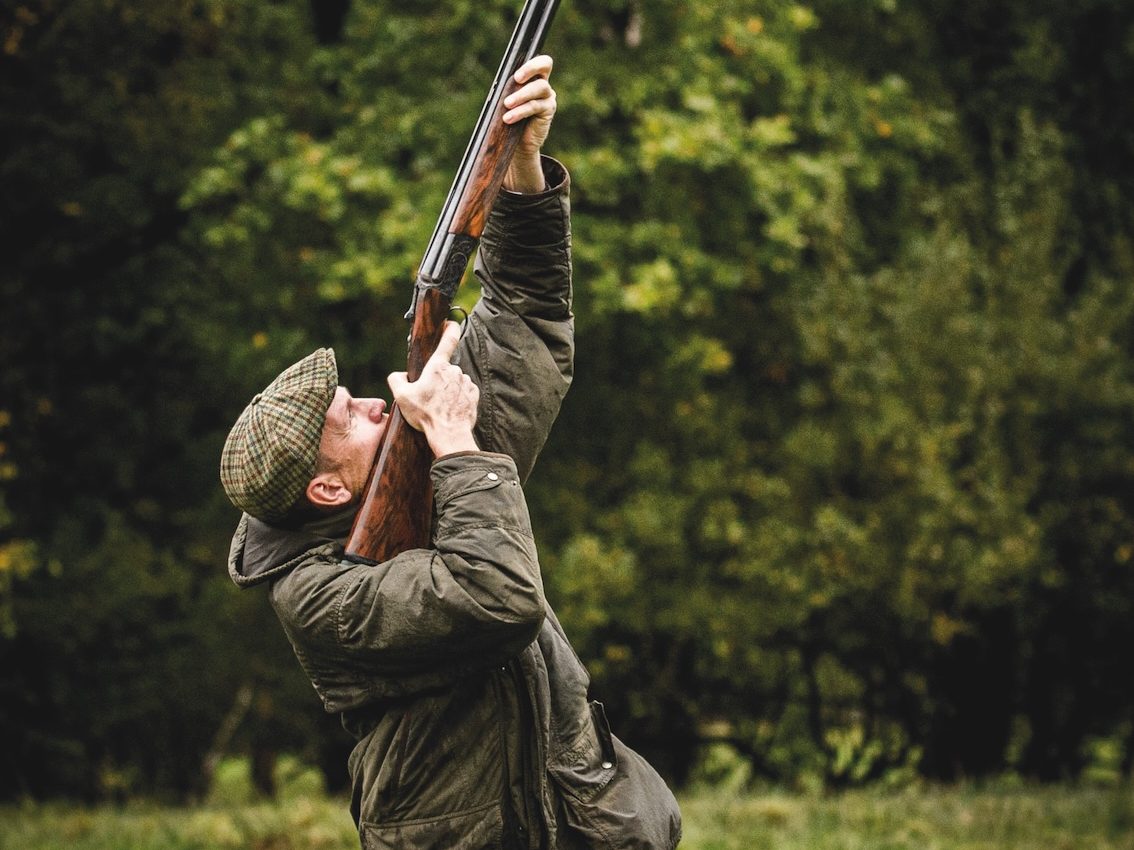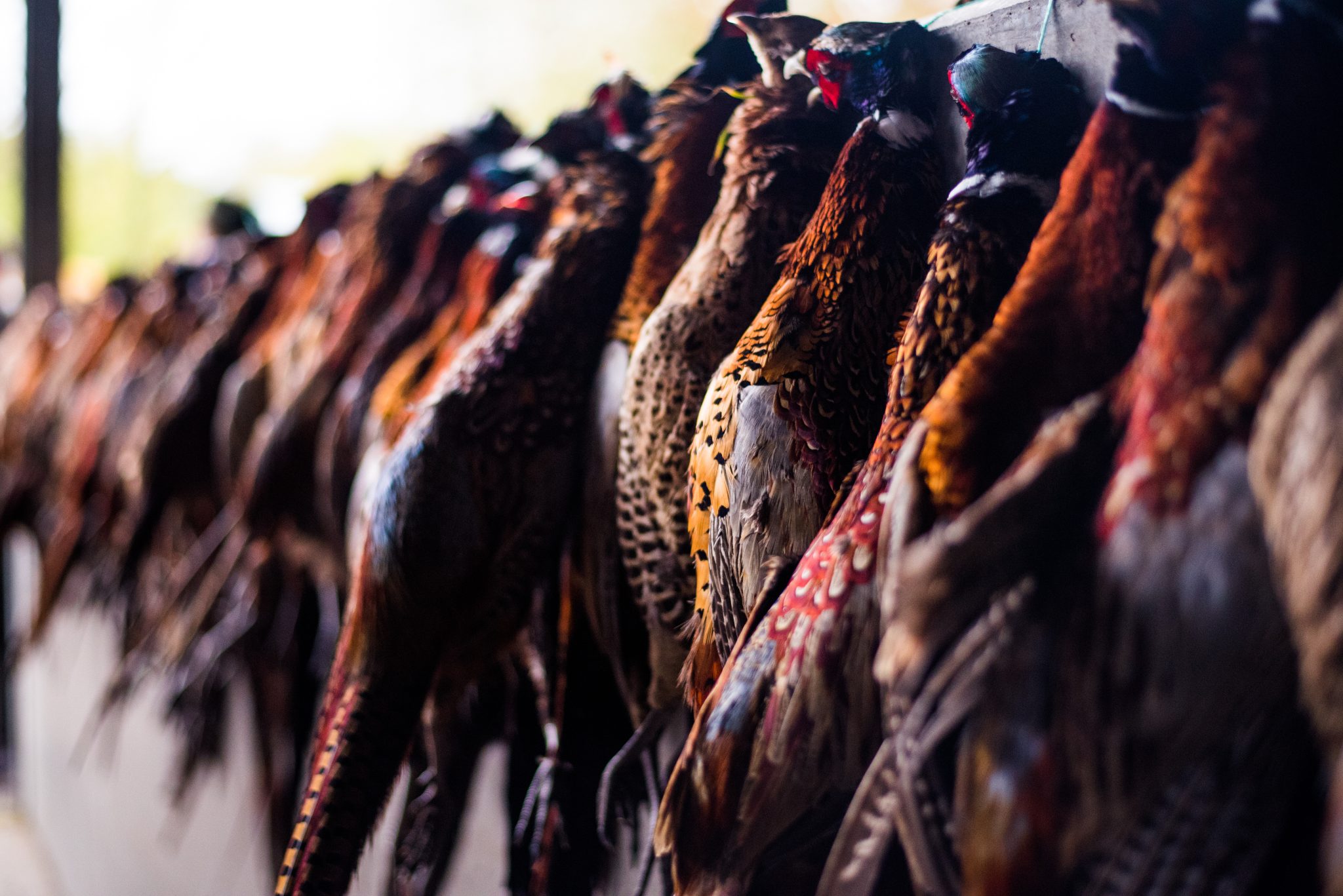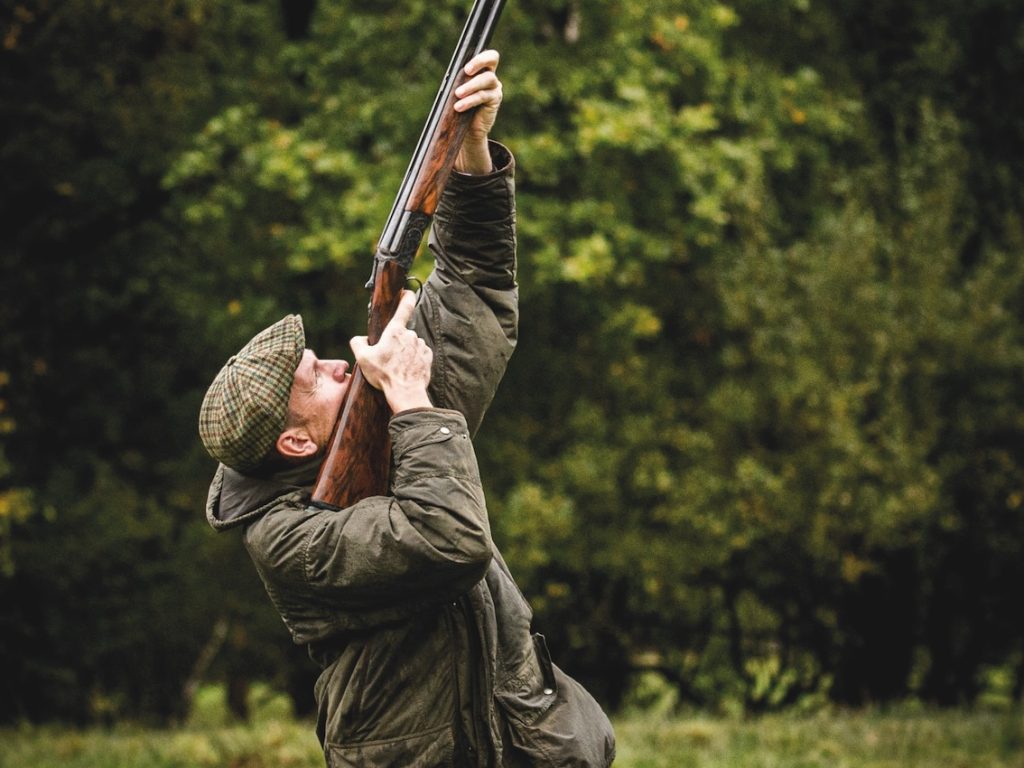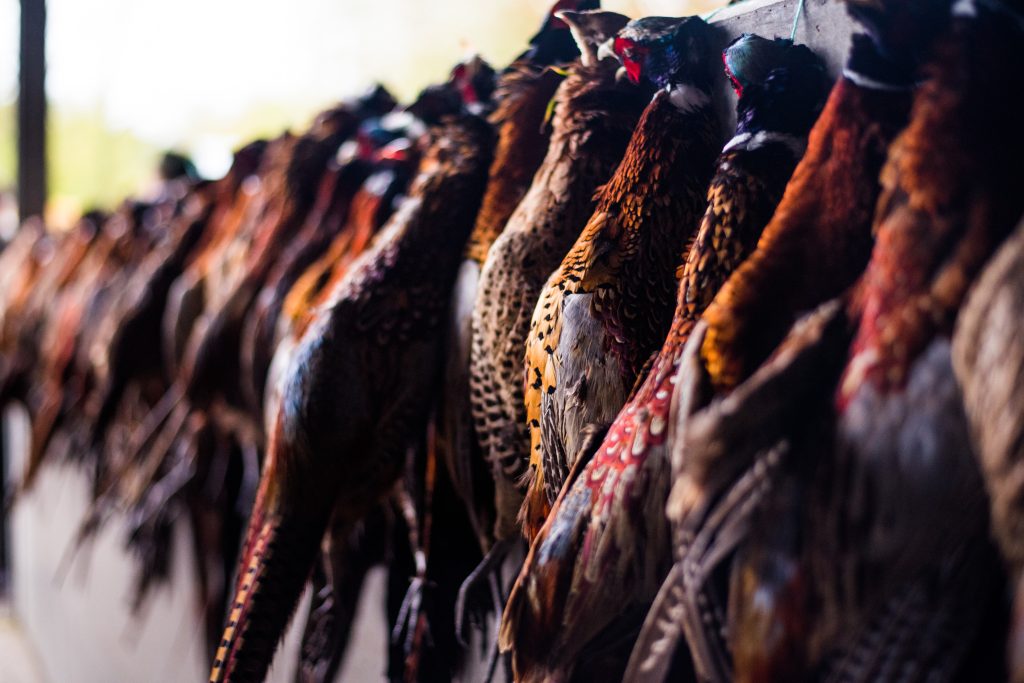Win CENS ProFlex DX5 earplugs worth £1,149 – enter here
Counting the cost of non-native invaders
Invasive Species Week runs from 12 to 18 May and Conor O’Gorman looks at some of the key areas of concern from a shooting perspective
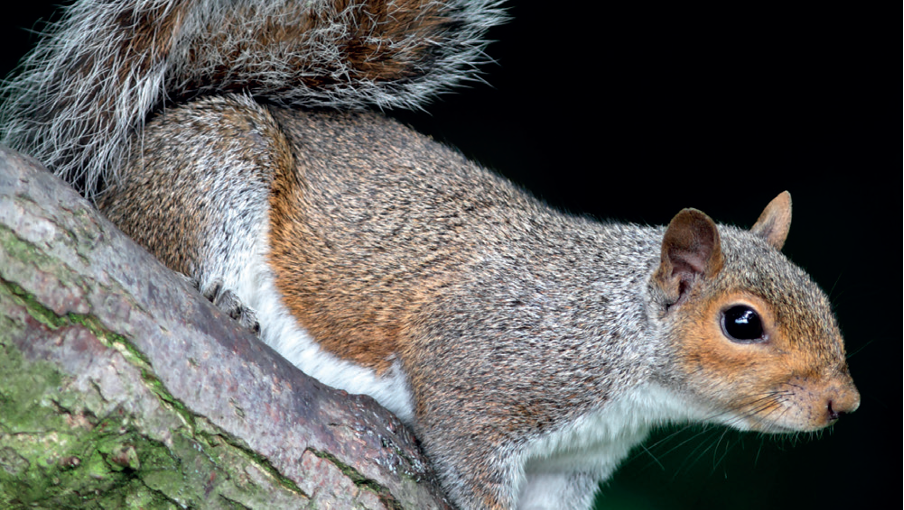
More than 2,000 plants and animals from all over the world have been introduced to the British Isles, both deliberately and by accident. These are classified as non-native species and are mostly harmless.
However, around 10% to 15% become invasive non-native species when they spread and have a harmful impact on the environment and wildlife, the economy, or human health and recreation. Such species are estimated to cost the UK nearly £2 billion a year. This includes damage to infrastructure, loss of agricultural production, and cost of control and eradication efforts.
Invasive Species Week is held every year, supported by around 200 organisations, including BASC, to raise awareness of the work being done to report and tackle these species and to encourage others to get involved. The GB Non-Native Species Secretariat coordinates this and the national approach to invasive non-native species, reporting to the relevant governments and agencies of England, Scotland and Wales.
BASC uses Invasive Species Week as a platform in the press and on social media to highlight the contribution of the shooting community in managing invasive species such as grey squirrel, mink, muntjac, sika deer, Canada goose, Egyptian goose and parakeets.
People who shoot also play a key role in reporting invasive “alert” species that need to be quickly spotted and eradicated. Among them are Asian hornet, American bullfrog, monk parakeet, raccoon dog, marbled crayfish and Chinese mystery snail. There will be lots of content on our website and social media channels up until 18 May, so feel free to share some of that with your contacts.
Local councils across England are drafting nature recovery plans and BASC has been getting involved in each of these. A key message we have been getting across is the importance of the local shooting community on managing grey squirrels, mink and relevant deer species.
A report provided by the Royal Forestry Society estimated the timber damage, reduced carbon capture and replanting costs due to grey squirrel impacts were £37 million per year. It estimated that 15% of broadleaf area and 5% of coniferous forest area are damaged by grey squirrels.
Most of the plans we have reviewed so far cover the need for mink control. However, content has been patchy on the need for both deer and grey squirrel management to ensure successful woodland planting and natural regeneration.
These local nature recovery strategies may be the catalyst for projects in your area that aim to tackle mink and grey squirrel in particular. BASC sometimes runs one-day courses on mink and grey squirrel trapping and despatch. Hopefully, we will see greater recognition and support from local councils on the importance of our efforts to manage invasive species.
However, a few of the draft plans have contained assertions that non-native pheasants are a threat to adders and that the birds should not be released near potential adder habitat. We have challenged these assertions, pointing out that the main predators of adders are carrion crow and fox, species controlled on shooting estates, and that the habitats helping adders are often those created and managed because of game shooting interests.
Blurred lines
Pheasants are classed as non-native but they are not invasive. During Invasive Species Week anti-shooting factions tend to use social media posts to blur the lines to make their case against gamebird releasing.
This was epitomised by a recent Wild Justice-funded advertorial in Private Eye, which included cartoons of a pheasant the size of Godzilla chasing screaming people through the streets of London and a household “infested” with pheasants. There followed a raft of letters calling out this nonsense, including one from BASC.
So if you are on social media during Invasive Species Week and spot any misinformation about gamebirds being a conservation threat, perhaps politely point out all the benefits provided by game shooting. Detail how people who shoot manage actual invasive species, all of which you can find on the BASC website (basc.org.uk).
Related Articles
Get the latest news delivered direct to your door
Subscribe to Shooting Times & Country
Discover the ultimate companion for field sports enthusiasts with Shooting Times & Country Magazine, the UK’s leading weekly publication that has been at the forefront of shooting culture since 1882. Subscribers gain access to expert tips, comprehensive gear reviews, seasonal advice and a vibrant community of like-minded shooters.
Save on shop price when you subscribe with weekly issues featuring in-depth articles on gundog training, exclusive member offers and access to the digital back issue library. A Shooting Times & Country subscription is more than a magazine, don’t just read about the countryside; immerse yourself in its most authoritative and engaging publication.



